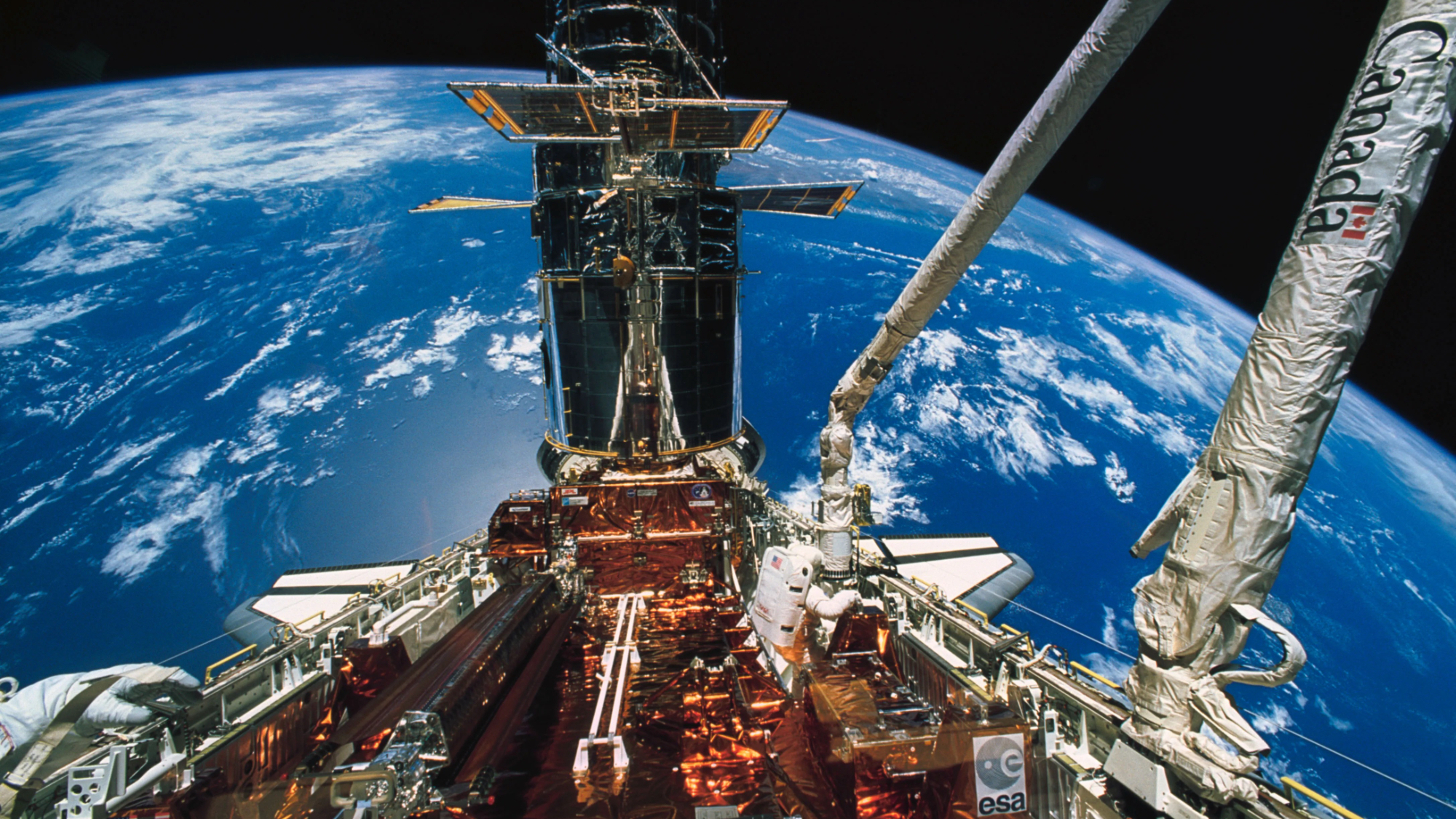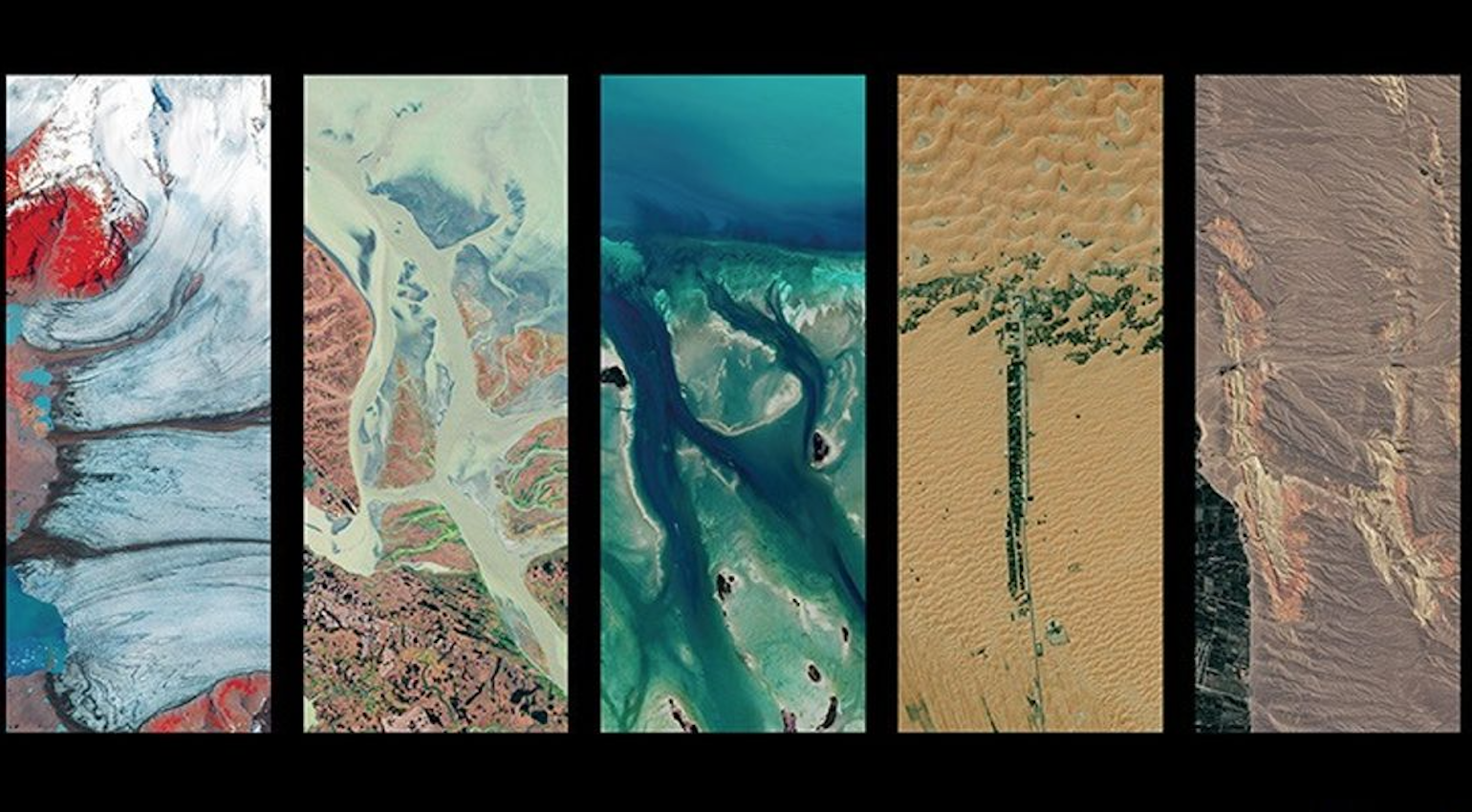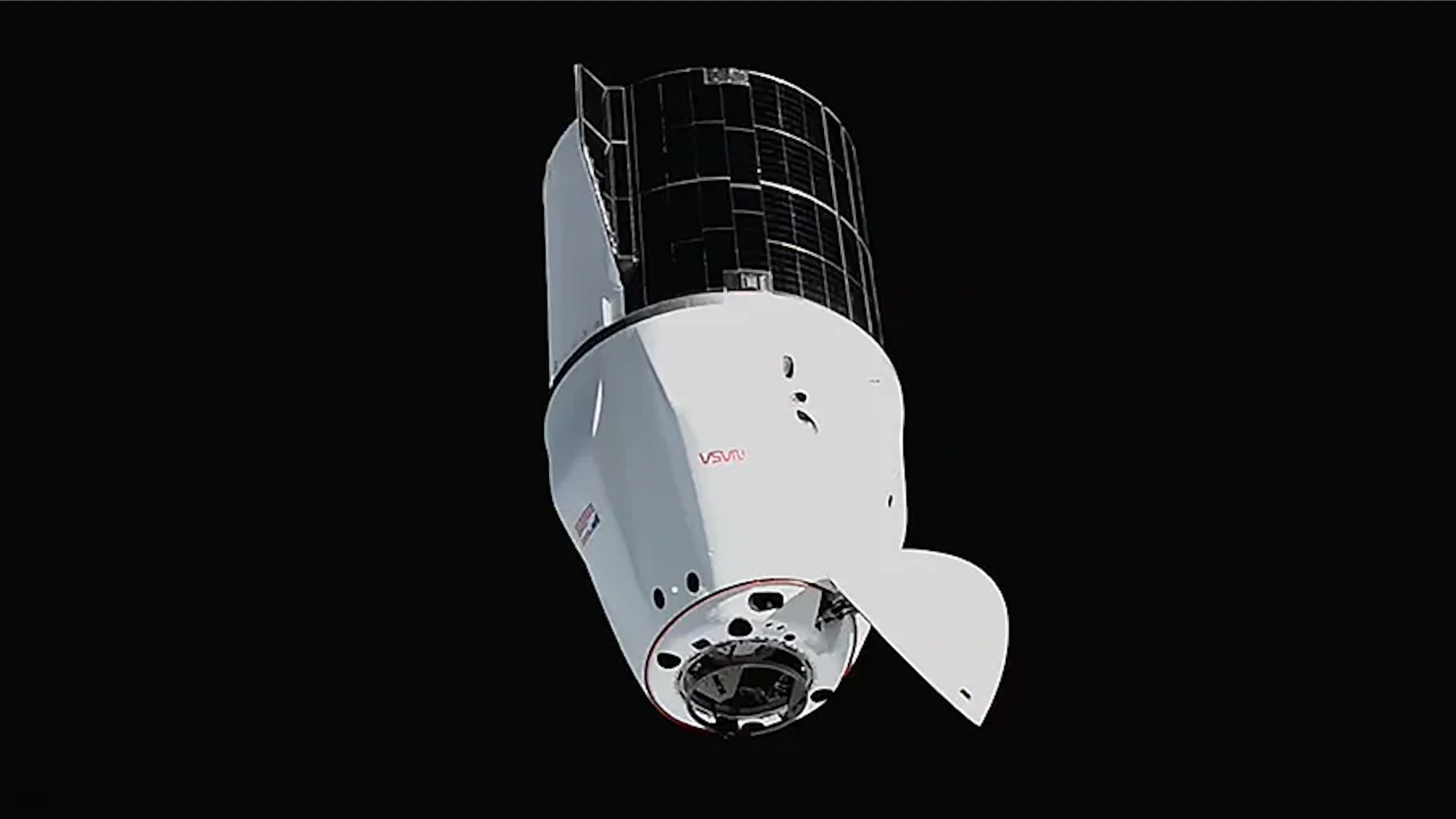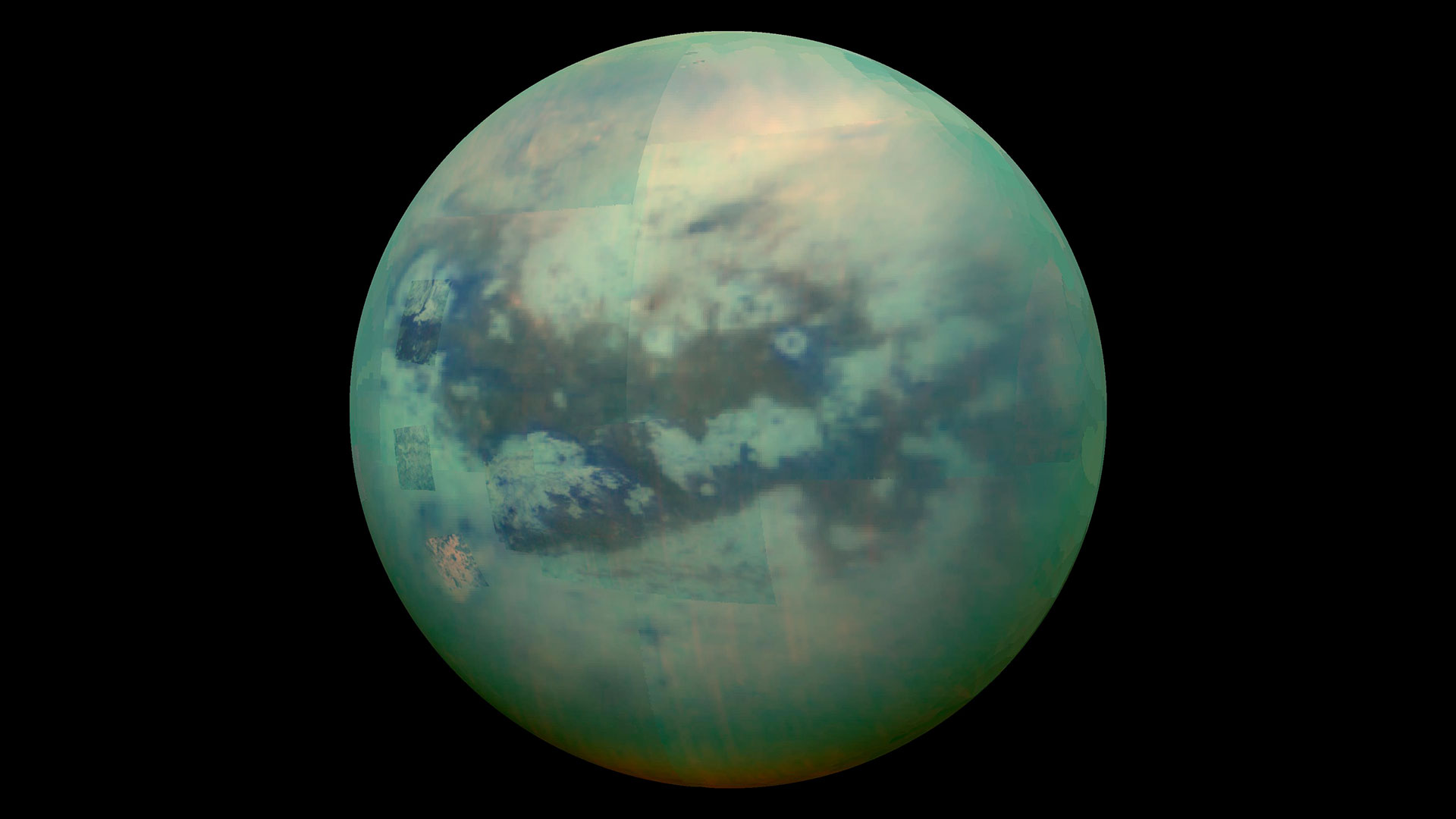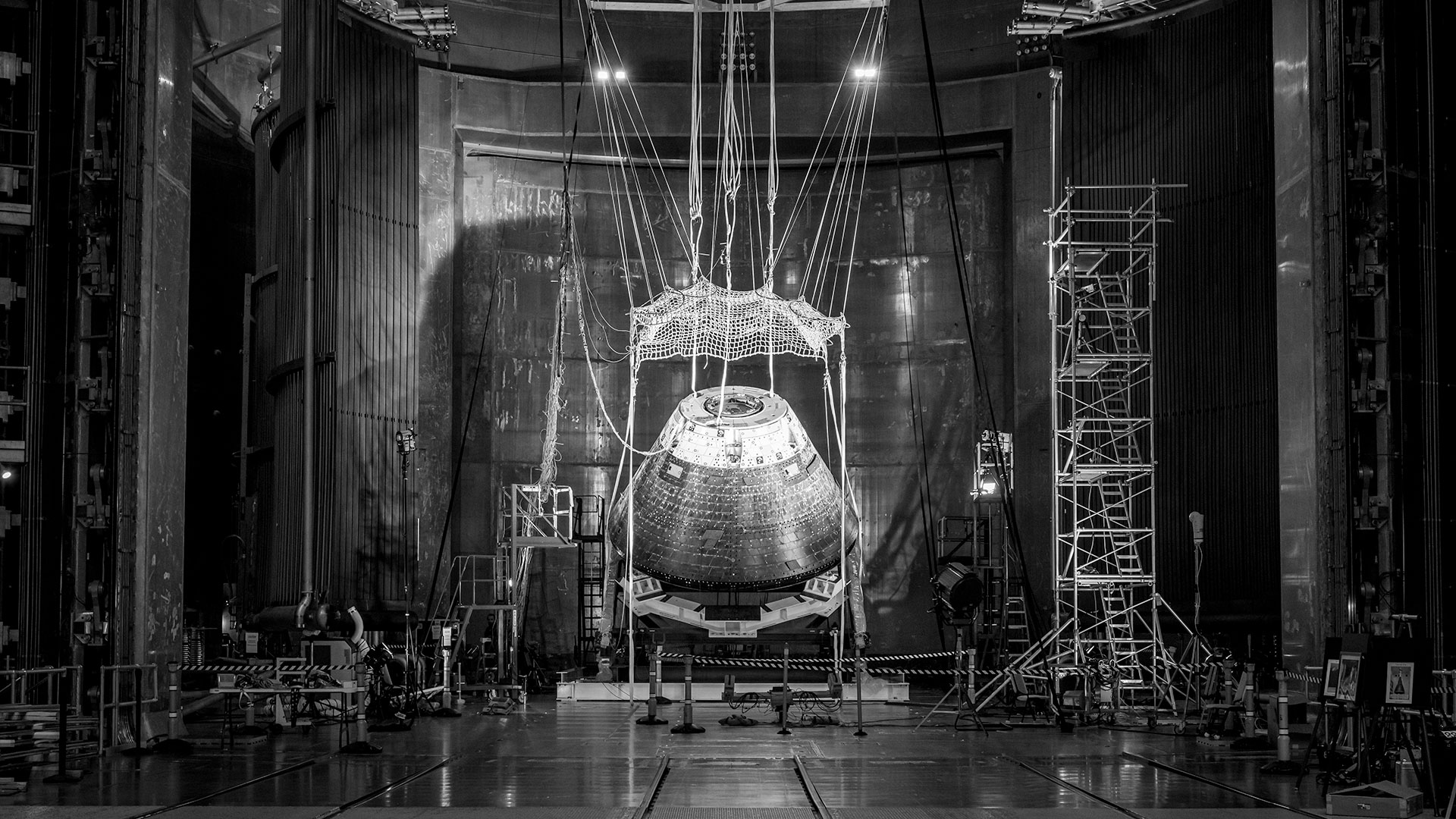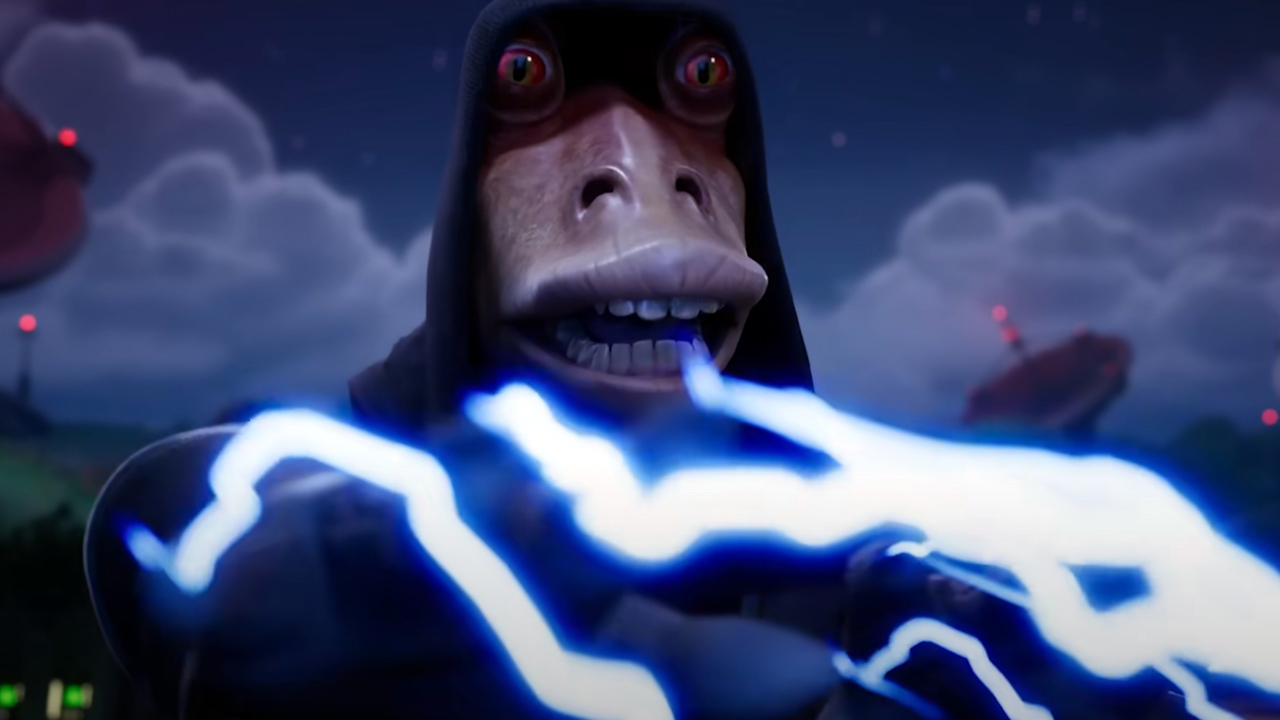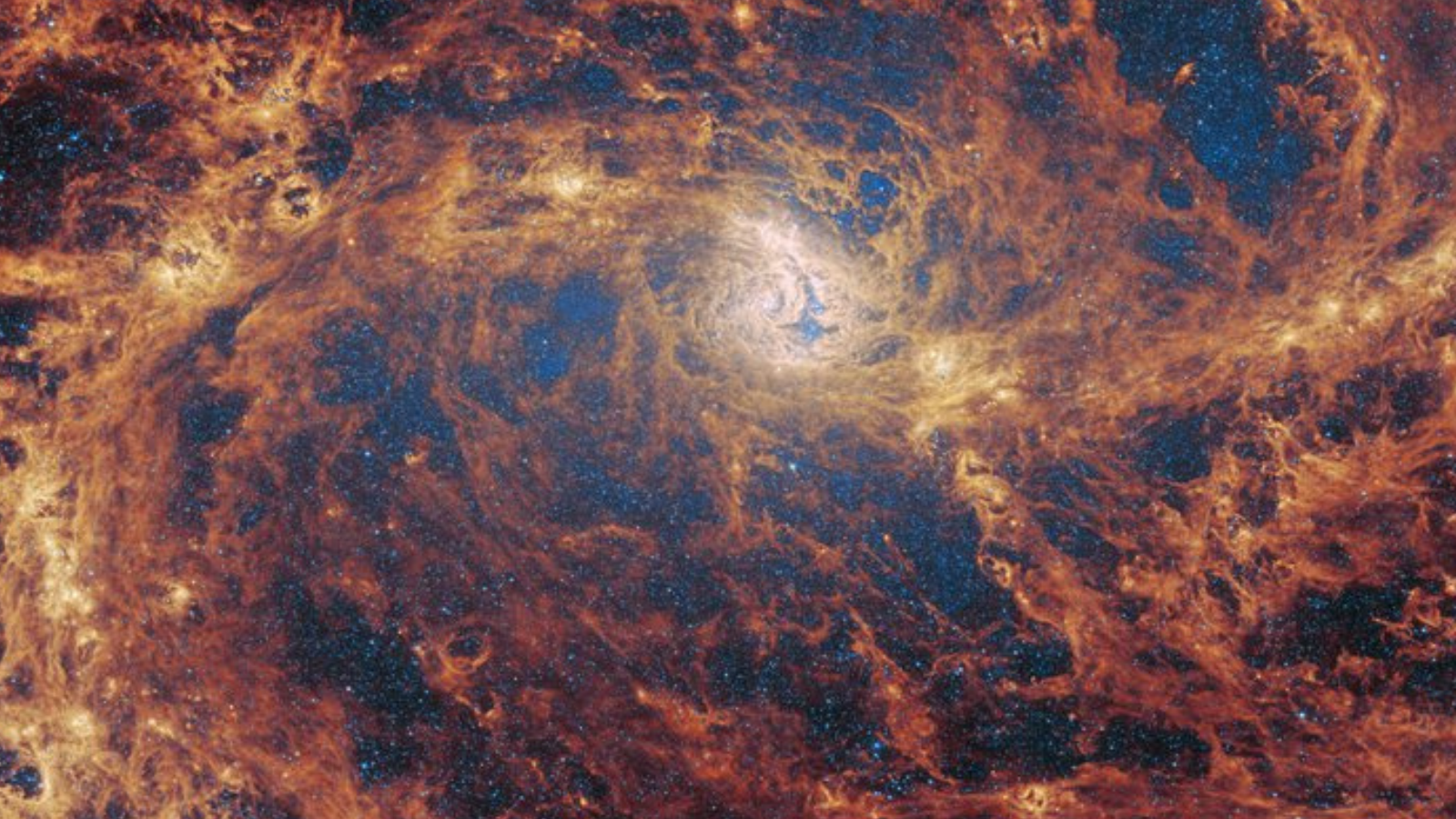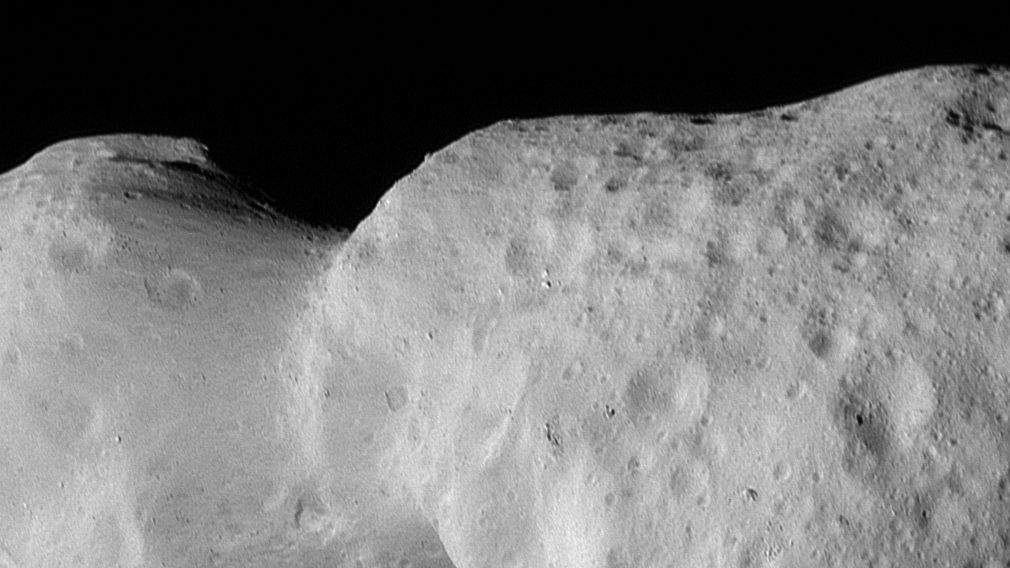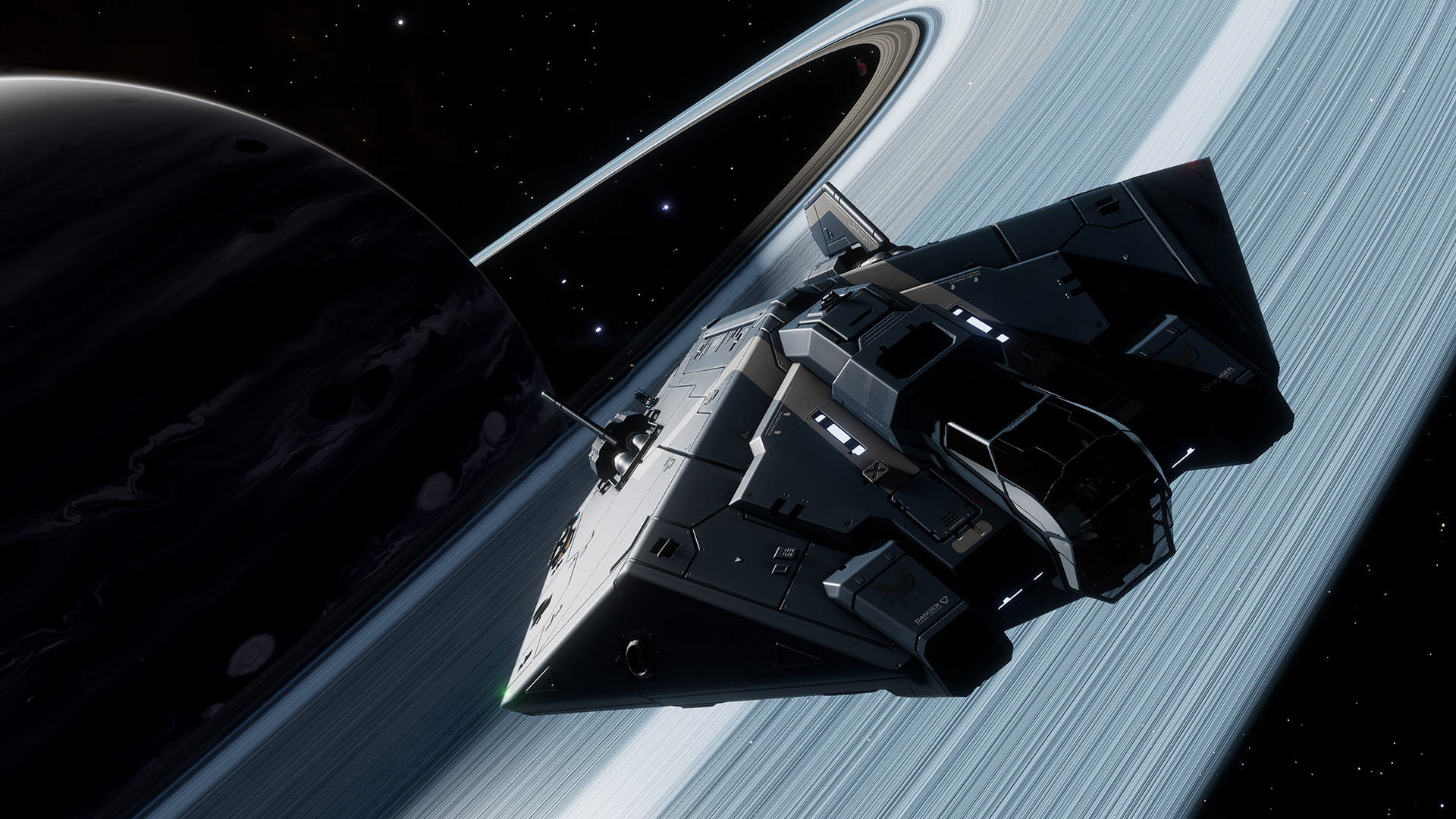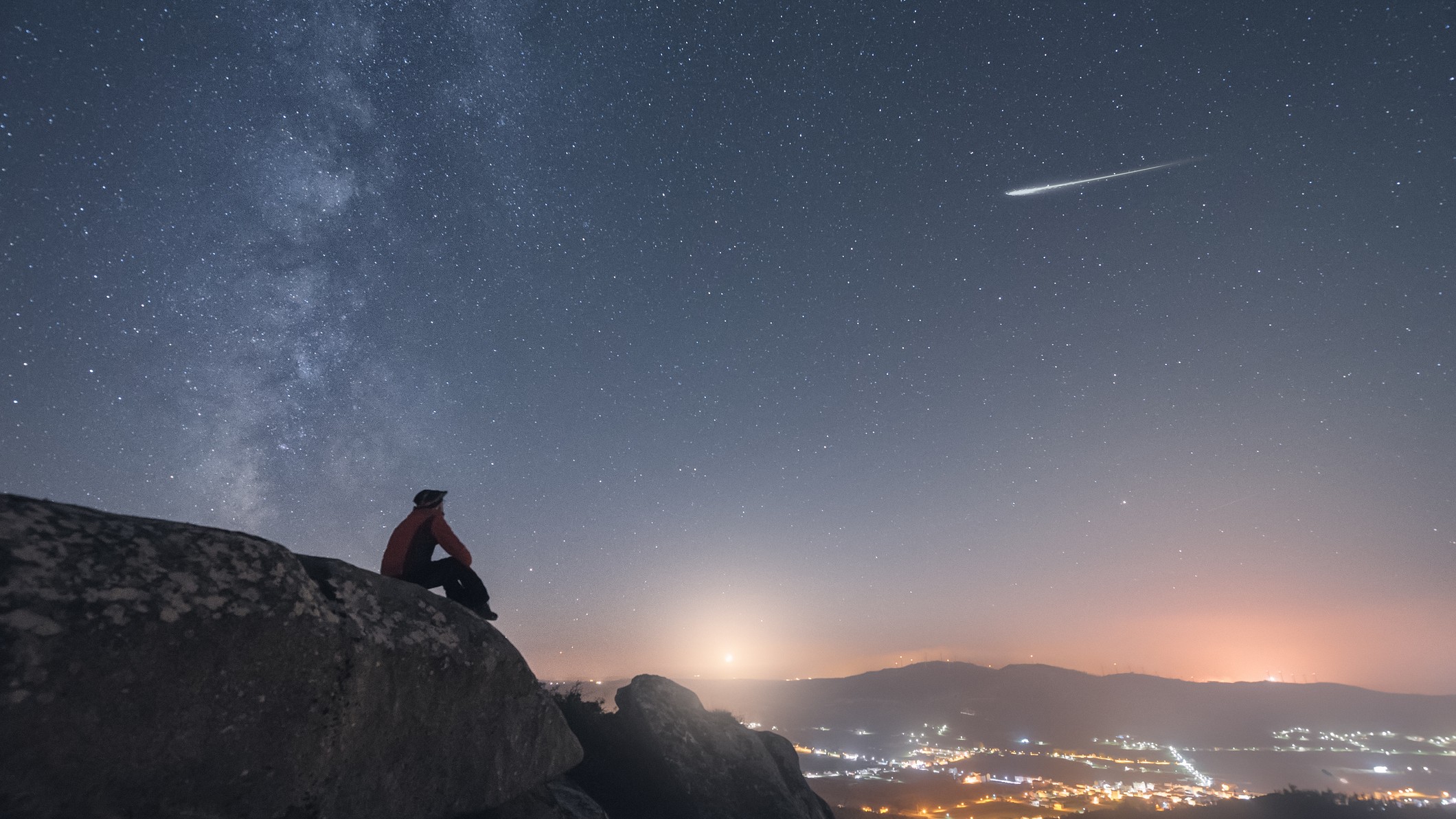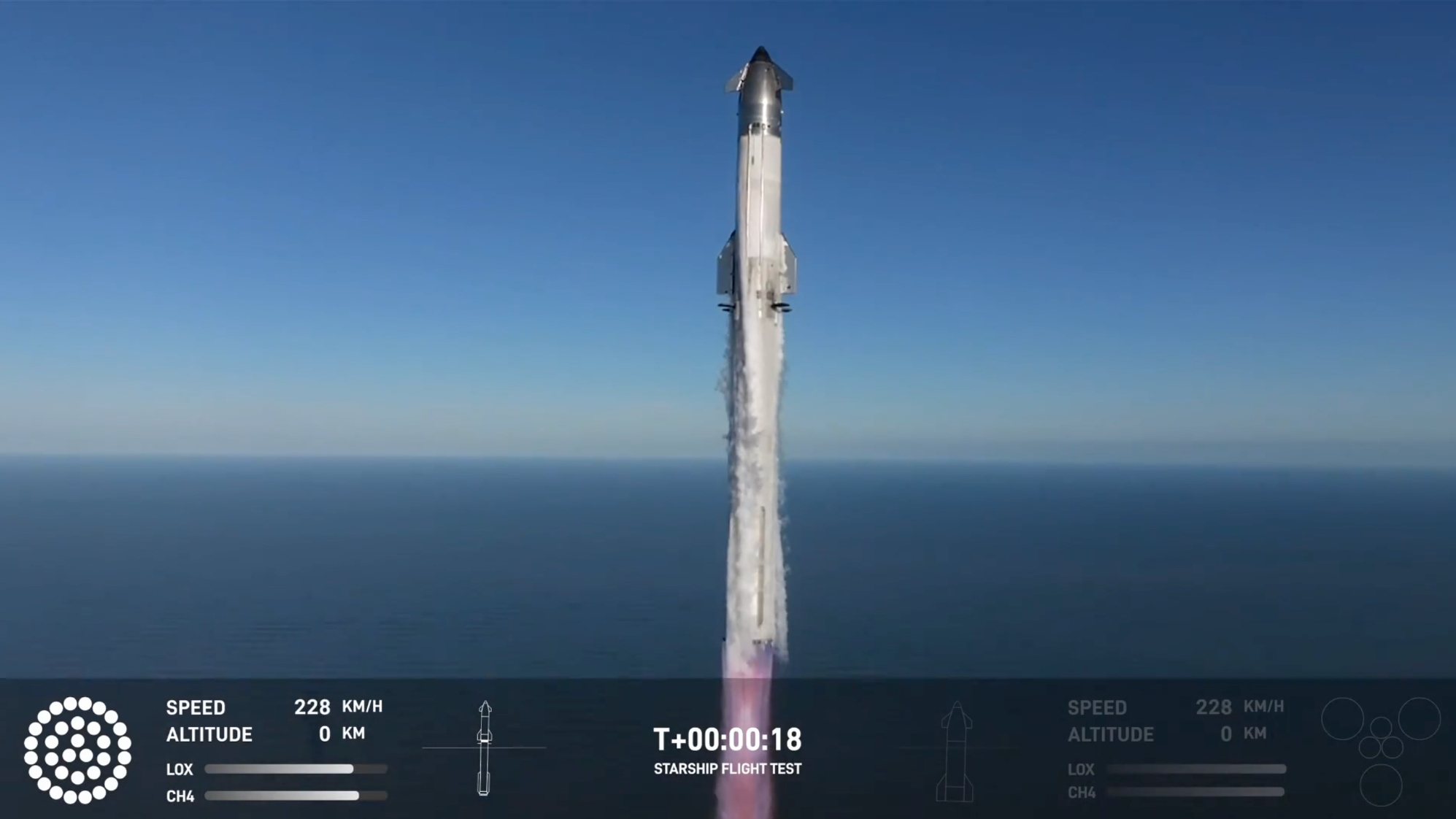
The U.S. Federal Aviation Administration (FAA) is requiring an investigation into what went wrong during the seventh-ever test flight of SpaceX's Starship megarocket yesterday (Jan. 16).
The launch, from SpaceX's Starbase site in South Texas, went well at first. Starship got off the pad successfully, and its two stages — the Super Heavy booster and Ship spacecraft — separated on time. And the giant booster came back to Starbase, where it was caught by the launch tower's "chopstick" arms.
Ship was less successful, however. The flight plan called for the upper stage to deploy 10 dummy satellites about 17.5 minutes after liftoff and splash down in the Indian Ocean off the coast of Western Australia 50 minutes later. But that didn't happen; the 171-foot-tall (52 meters) craft exploded about 8.5 minutes after launch, raining debris over the Atlantic Ocean near the Turks and Caicos islands.
Today (Jan. 17), the FAA announced that it's requiring a mishap investigation into the incident, to determine its root cause and implement corrective actions.
That work may not take too long. SpaceX has already identified a likely proximate cause, according to company founder and CEO Elon Musk — a propellant leak, which led to a fire in Ship's aft section.
Related: SpaceX catches Super Heavy booster on Starship Flight 7 test but loses upper stage (video, photos)
Ship's explosion had some real-world impact beyond creating a dramatic sky show, according to the FAA. While no injuries have been reported, the agency "is working with SpaceX and appropriate authorities to confirm reports of public property damage on Turks and Caicos," FAA officials wrote in an emailed statement today.
Get the Space.com Newsletter
Breaking space news, the latest updates on rocket launches, skywatching events and more!
"During the event, the FAA activated a Debris Response Area and briefly slowed aircraft outside the area where space vehicle debris was falling or stopped aircraft at their departure location," the agency added. "Several aircraft requested to divert due to low fuel levels while holding outside impacted areas."
Starship Flight 7 breaking up and re-entering over Turks and Caicos pic.twitter.com/iuQ0YAy17OJanuary 16, 2025
SpaceX will lead the mishap investigation, but the FAA must approve the company's final report, according to the agency, which grants launch licenses for U.S. vehicles.
"A return to flight is based on the FAA determining that any system, process, or procedure related to the mishap does not affect public safety," the agency wrote in today's statement.
SpaceX wants to get Starship back on the pad quickly. The company intends to make big strides this year on the megarocket, which it's developing to help humanity settle Mars, among other exploration feats.
"The ship and booster for Starship’s eighth flight test are built and going through prelaunch testing and preparing to fly as we continue a rapid iterative development process to build a fully and rapidly reusable space transportation system," SpaceX wrote yesterday in a post-Flight 7 blog post.
Join our Space Forums to keep talking space on the latest missions, night sky and more! And if you have a news tip, correction or comment, let us know at: community@space.com.

Michael Wall is a Senior Space Writer with Space.com and joined the team in 2010. He primarily covers exoplanets, spaceflight and military space, but has been known to dabble in the space art beat. His book about the search for alien life, "Out There," was published on Nov. 13, 2018. Before becoming a science writer, Michael worked as a herpetologist and wildlife biologist. He has a Ph.D. in evolutionary biology from the University of Sydney, Australia, a bachelor's degree from the University of Arizona, and a graduate certificate in science writing from the University of California, Santa Cruz. To find out what his latest project is, you can follow Michael on Twitter.
-
Unclear Engineer Unlike some of the previous spectacular RUDs, this one does not appear to have come from intentionally pushing the envelope to see what would fail. This RUD seems to be a totally unexpected event in a part of the system that is intended for multiple and rapid reuse. So, figuring our what happened and making sure that it never happens again is surely a top priority for SpaceX. This RUD definitely has delayed the development schedule, because the intended experiments on the heat shield and the payload handling were not completed.Reply -
Philly Reply
I believe SX has a few more rockets almost ready to go. I remember hearing they had something like 30 cameras on board for launch #7. As long as they have a clear idea of what happened, I think a fix should be in the works right away. A fuel leak seems like an easy problem to fix. Figuring out the best solution for the heat shield will require quite a few test flights and time is ticking.Unclear Engineer said:Unlike some of the previous spectacular RUDs, this one does not appear to have come from intentionally pushing the envelope to see what would fail. This RUD seems to be a totally unexpected event in a part of the system that is intended for multiple and rapid reuse. So, figuring our what happened and making sure that it never happens again is surely a top priority for SpaceX. This RUD definitely has delayed the development schedule, because the intended experiments on the heat shield and the payload handling were not completed.
I do wonder, as Scott Manly, pointed out on YT. Maybe hitting the self destruct button when Starship is almost in orbit, is NOT the best idea. Try to leave it in 1 or a few large pieces, rather then creating a huge amount of buckshot that covers a massive area. That is more of a procedural decision for both the FAA and SX.
